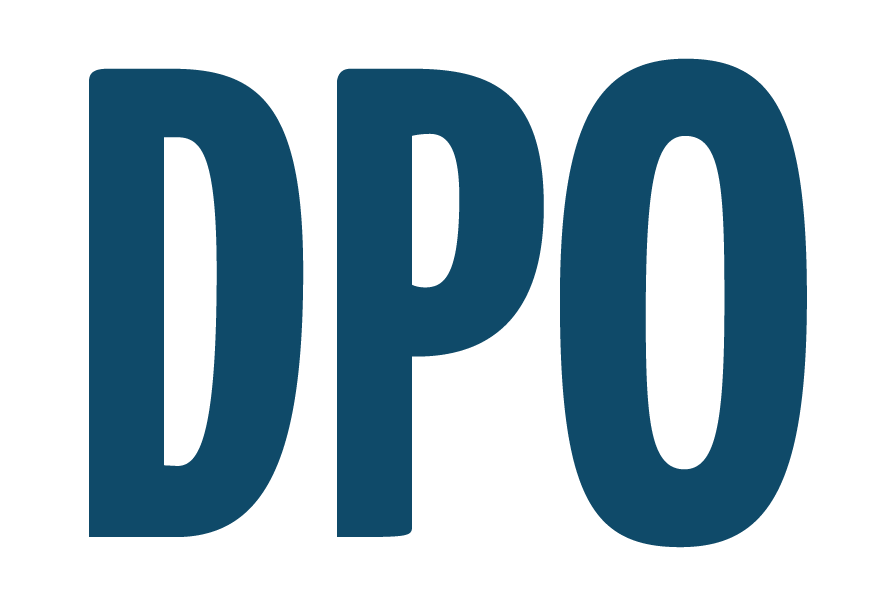Purchasing vs Procurement: Understanding the Difference
- Mar 24, 2017
- 3 min read
Purchasing and procurement both relate to the acquisition of goods or services for your company. That is why most people do not think twice about purchasing vs procurement. For most people, the two words are synonymous.
While the two processes have similarities, they also have particular differences. In order to leverage each process efficiently for your company, you need to understand the purchasing vs procurement distinction.
Purchasing vs Procurement: By Definition
Procurement is a broad concept. In fact, purchasing is part of procurement. Procurement is comprehensive, and it includes everything from selecting vendors to the negotiation of contracts. All goods or services used by the company must be procured. Purchasing is merely a section of this process, and it involves payment to another company for goods or services.
The Procurement Process
Procurement is influenced by your company’s overall corporate strategy. The main four corporate aspects to consider when thinking about procurement are listed below.
Company Identity: Your company has values and ideals.
Market Placement: Your company appeals to a specific client base.
Company Capabilities: Your company has strengths and limitations.
Management Issues: Your company has key leaders with specific management styles that impact the company’s productivity.
These four points are not separated from one another. Instead, they are often intertwined. For example, your company may have an identity based in environmentalism. If this is the case, your procurement should focus on environmentally friendly sources. You would partner with other companies that share your environmental goals, and your customer base would probably consider environmental issues important. This means that your market placement would focus on being environmentally conscious in order to reach those consumers. This priority on environmentalism should be exemplified and reinforced by the leadership in order to make it a company-wide belief.
Step By Step for Successful Procurement
Procurement is not merely conceptual. Actual goods and services must be obtained. This is the Procure-To-Pay Cycle.
First, there needs to be Requirement Identification to signify needs. Then, there must be an Authorization of Purchase Request and an Approval of Purchase Request. This starts the actual Procurement. At this time, you provide Identification of Suppliers and Receipt of the Quotation. In most cases, this is followed by Negotiation. Finally, Selection of the Vendor must occur. This is followed by a Purchase Order Acknowledgement and an Advance Shipment Notice. You should also receive a Goods Receipt and Invoice Recording. Finally, there must be a 3 Way Match before Payment to Supplier is finalized.
While all steps must be completed, not all receive the same attention. The size and nature of your company affect the amount of time each step receives. Larger companies may take more time with Identification of Requirement. Smaller firms, by contrast, may identify needs quickly. No matter how big or small your company may be, all steps must be followed. Never use credit card receipts in place of purchase orders, and make sure there are hard copies of all transactions.
The Purchasing Process
When thinking about purchasing vs procurement, remember that purchasing is a small subset of the procurement process. Purchasing is the buying of goods or services. This can include receiving and payment as well. In the overall Procure-To-Pay Cycle, purchasing is only related to Purchase Order Acknowledgement, Advance Shipment Notice, Goods Receipt, Invoice Recording, 3 Way Match and Payment to Supplier.
As you can see, these steps directly link to purchasing, and they are not influenced by the size and nature of your business. These steps are universally useful and ensure that your business functions properly.
Purchasing vs Procurement: A Final Thought
Purchasing vs procurement is an essential distinction to grasp. Although many people use these terms interchangeably, the concepts should be kept separate to avoid confusion. Procurement is a broader term, which includes sourcing, negotiation and vendor selection. These factors are linked to your company’s identity, management style, market placement and capabilities. Purchasing, on the other hand, covers the transaction phases of procurement. In the end, understanding purchasing vs procurement can help you better understand your company and its goals.




